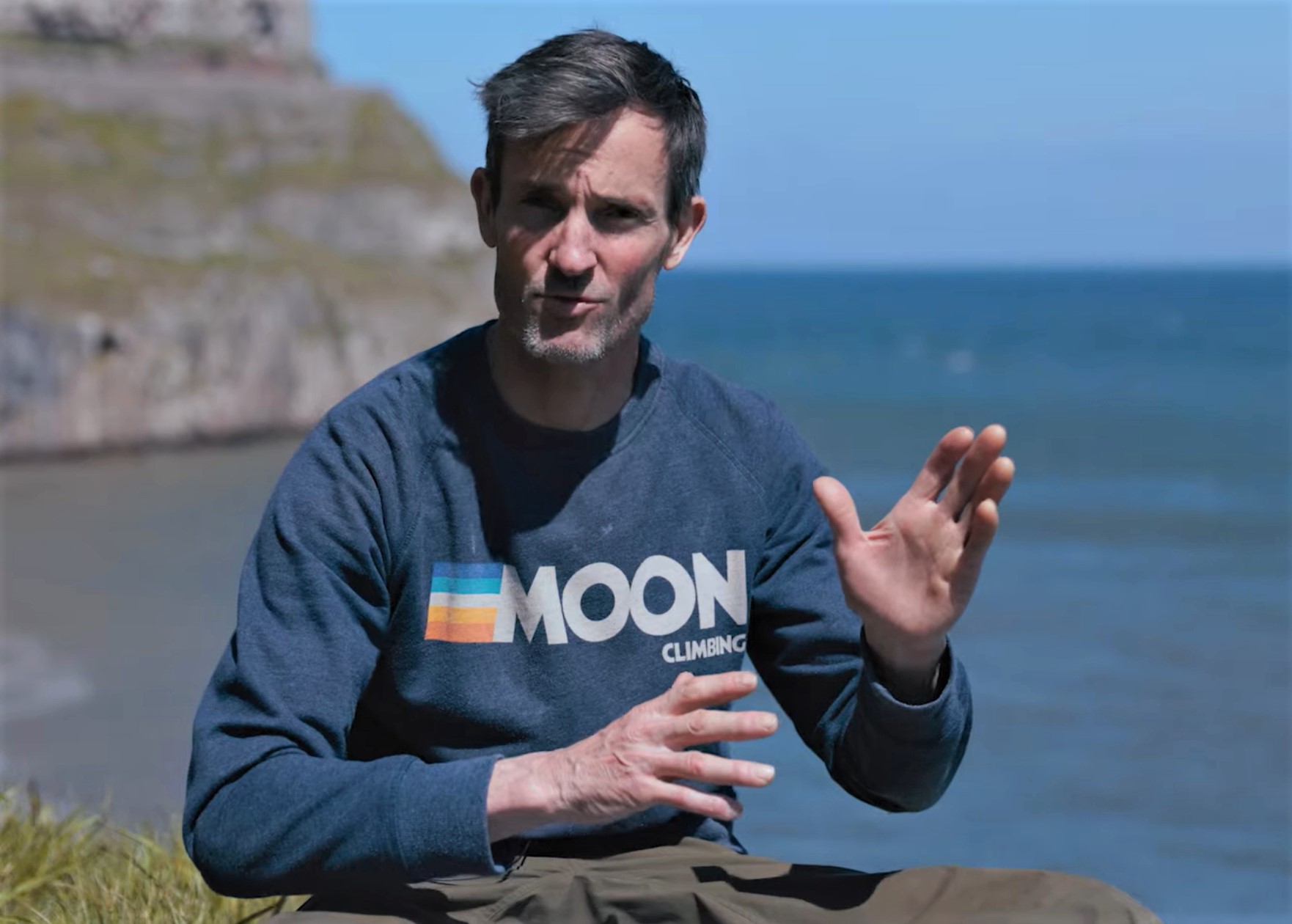Do you long to travel the world and climb hard at your dream destinations? One lifer ticked the travel project of a lifetime after he turned 50. But the difficulty of the sport climbing was the least important part.
Jim Lawyer turned climbing into his lifestyle in a different era. In the mid-1980s, the upstate New York native was a college student, working a few jobs at once, and taking whatever came his way.
Fast forward a few decades, and Lawyer is climbing at a high personal standard worldwide. His recent “Project 13” was a challenge to himself and a capstone to a lifetime of climbing.
Over 5 years, Lawyer ticked 13 5.13 routes in 13 countries worldwide. He also climbed a lot more than that — he estimates the project entailed over 60 routes 5.13 or harder, among countless others below his limit.
View this post on Instagram
To him, though, the travel meant more than the sport climbing.
“I’ve been trying to put words around why travel is important to me,” he said. “Sure, it makes you a better climber, but it also exposes you to the world. You realize that you’re a member of a global community.”
His travel stories range far and wide. Epics include an episode involving monkeys in Colombia, crawling through a climber’s toilet to recover his partner’s lost lunch, and the time strangers in a shantytown in South Africa selflessly repaired what would have amounted to thousands of dollars in damage to his rental car.
Early Days and ‘Schwaggy’ Crags

Parlaying Work Into a Sport Climbing Life
View this post on Instagram

Sport Climbing in South Africa: Not So Black and White
View this post on Instagram
‘Citizens of the Planet’











